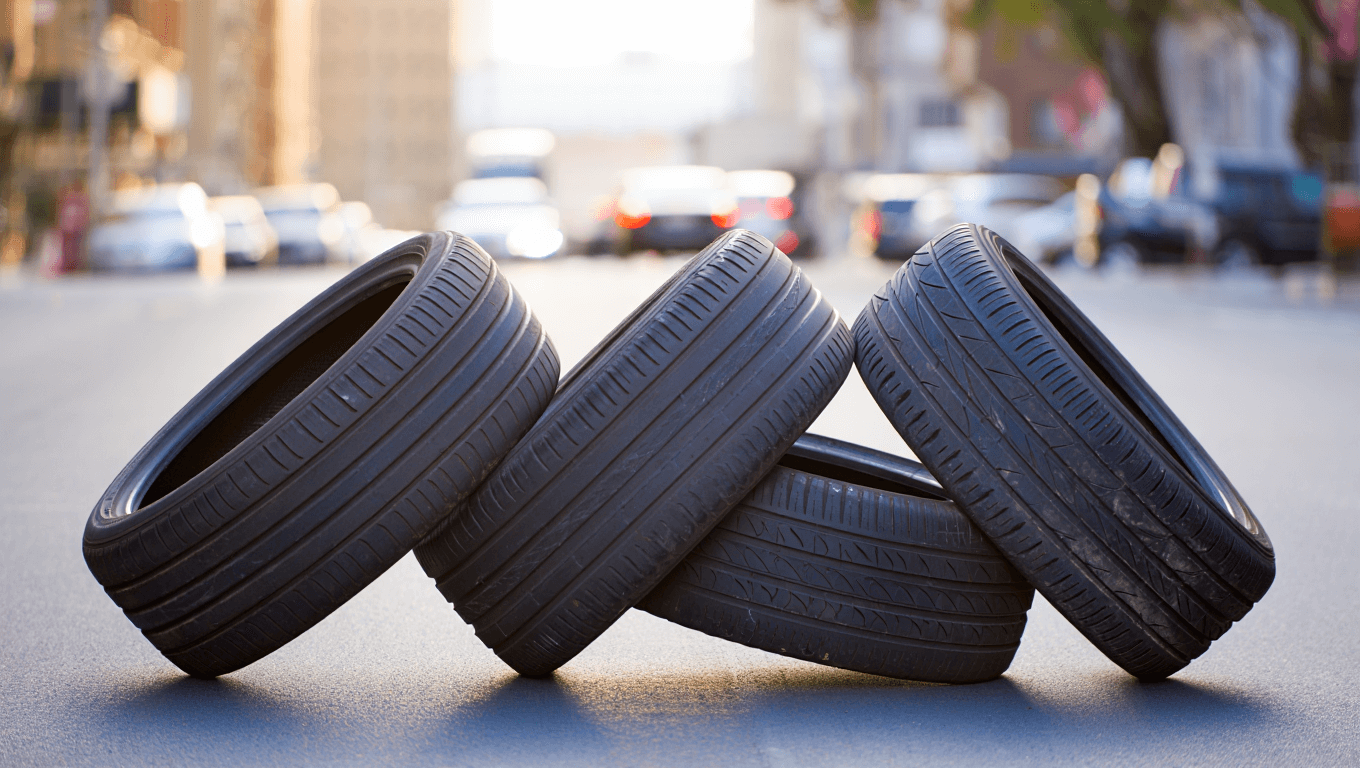Driving is an everyday task for many, yet often, the critical role of tire pressure is overlooked. According to various road safety experts, maintaining the correct tire inflation is essential not only for safety but also for fuel efficiency and the longevity of your vehicle. Regular checks can prevent accidents and optimize performance, yet surveys and technical analysis reveal that many drivers frequently neglect this simple maintenance task, whether driving through city streets or embarking on long journeys.
Understanding the Right Tire Pressure
There is no one-size-fits-all when it comes to tire pressure. The ideal inflation level varies based on factors like the vehicle model, weight, and load. Vehicle manuals and labels in strategic locations—such as the driver’s door, glove compartment, or fuel tank cap—provide the correct specifications. Relying on generic figures or unofficial recommendations can lead to hazardous situations, as agreed by multiple technical sources.
Key Mistakes in Tire Inflation
- Infrequent checks: Some drivers only check tire pressure when they notice a puncture or other visible issues, skipping monthly or pre-trip inspections. This can lead to uneven wear, reduced grip, and increased accident risks.
- Checking hot tires: Measuring pressure after the vehicle has been driven can result in inaccurately high readings due to heat, leading to under-inflation once the tires cool down.
- Over-relying on service station gauges: Public air pumps may not be calibrated regularly. Using these without verification can lead to incorrect pressure levels.
- Neglecting the spare tire: Often forgotten, the spare tire should be checked regularly to ensure it is ready for use in emergencies.
- Ignoring manufacturer’s recommendations: A lack of awareness about the specific pressure recommendations for their vehicle leads some drivers to rely on guesswork or general advice, which might not be appropriate for their car’s specifications.
Adjusting Pressure for Different Conditions
Experts suggest a slight increase in tire pressure for long trips, especially when carrying additional passengers or heavy loads. This adjustment can improve stability and reduce tire deformation from extended high-speed travel. For example, if the standard recommendation is 2.2 kg/cm² for city driving, increasing it to between 2.4 and 2.5 kg/cm² for longer trips can enhance emergency handling and prevent unexpected braking issues.
Seasonal and Temperature Considerations
It’s also crucial to adjust tire pressure after significant temperature changes. Extreme heat or cold can affect tire inflation levels, potentially altering the recommended pressures set days earlier. Regular monitoring can identify early signs of air loss or tire damage, aiding in timely maintenance and ensuring continued road safety and vehicle efficiency.
By incorporating these practices into regular vehicle maintenance, drivers can significantly enhance their safety on the road and extend the life of their tires, all while ensuring optimal performance and fuel efficiency.
Similar posts:
- Auto maintenance tips: Quick guide to knowing when to replace your timing belt
- VIVI e-bike batteries face fire risk: Feel the pack, spot swelling, and park the charger before bedtime for safety
- Pirelli Cyber Tyre Deal In 2025 Reveals How Aston Martin Will Use Live Sensor Data
- 7 Bristol Moments From Sep 14, 2025 That Reshaped The NASCAR Playoffs – Here’s Why
- Shai Gilgeous-Alexander Reveals Why He Thrives as the Villain in Away Games!

Daniel Harris is a specialist journalist focused on the crossroads of breaking news, extraordinary history, and enduring legends. With a background in historical research and storytelling, he blends timely reporting with timeless narratives, making complex events and ancient myths resonate with today’s readers. Daniel’s work often uncovers surprising links between present-day headlines and legendary tales, offering unique perspectives that captivate diverse audiences. Beyond reporting, he is passionate about preserving oral traditions and exploring how extraordinary stories continue to shape culture and identity.

